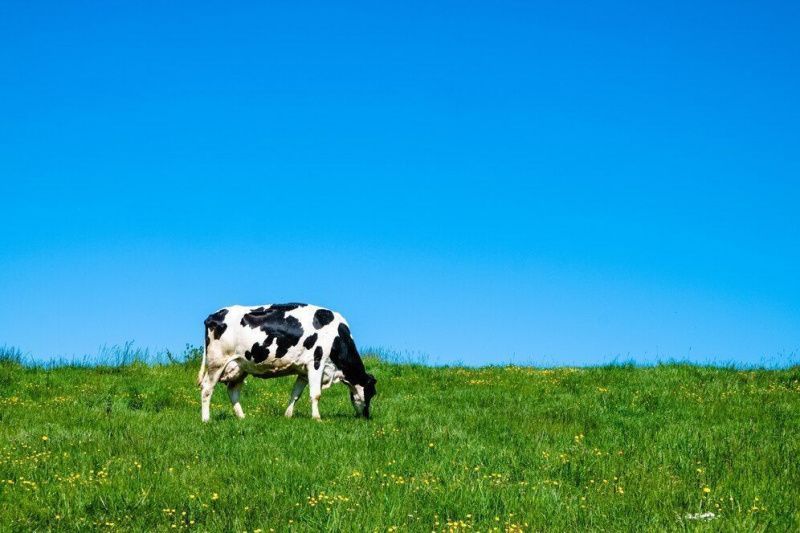Texas and New Mexico Officials Probe Mysterious Dairy Cattle Illness
Sourse: The DairyNews
Authorities in Texas, New Mexico, and the USDA are intensifying efforts to investigate a puzzling illness afflicting dairy cows in the region.

Dr. Brian Bohl of the Texas Animal Health Commission revealed that the illness, first reported around March 7th, has been observed since early February and primarily affects mid-lactation cows, typically middle-aged to older animals.
The illness, affecting between two and ten percent of herds, manifests with decreased rumen activity, resulting in a thicker milk consistency akin to colostrum. Affected cows also exhibit reduced feed intake, transient diarrhea, and occasionally a fever, although no fatalities have been reported.
While some affected cows have been culled, most recover within ten to fourteen days, albeit with some lingering effects on milk volume. The Texas panhandle has reported the majority of cases, though New Mexico has also encountered instances.
Dr. Samantha Uhrig, New Mexico's State Veterinarian, noted that the illness has not impacted beef cattle or dry cattle/heifers. Despite no imposed animal movement restrictions, both states are closely monitoring movements and conducting thorough epidemiological investigations.
Collaborating with multiple agencies, including national and state-level entities, efforts are underway to identify the root cause of the illness through extensive testing. Producers have been advised to bolster farm biosecurity measures to curb the spread of this and other illnesses as investigations continue.
The illness, affecting between two and ten percent of herds, manifests with decreased rumen activity, resulting in a thicker milk consistency akin to colostrum. Affected cows also exhibit reduced feed intake, transient diarrhea, and occasionally a fever, although no fatalities have been reported.
While some affected cows have been culled, most recover within ten to fourteen days, albeit with some lingering effects on milk volume. The Texas panhandle has reported the majority of cases, though New Mexico has also encountered instances.
Dr. Samantha Uhrig, New Mexico's State Veterinarian, noted that the illness has not impacted beef cattle or dry cattle/heifers. Despite no imposed animal movement restrictions, both states are closely monitoring movements and conducting thorough epidemiological investigations.
Collaborating with multiple agencies, including national and state-level entities, efforts are underway to identify the root cause of the illness through extensive testing. Producers have been advised to bolster farm biosecurity measures to curb the spread of this and other illnesses as investigations continue.












